Search engine optimization (SEO) is the art and science of getting pages to rank higher in search engines such as Google. Because search is one of the most common ways for people to find information online, ranking higher in search engines can result in an increase in traffic to a website. SO lets starts with the what is SEO.

The results page of Google and other search engines frequently displays paid adverts at the top of the page, followed by regular results, or what search marketers refer to as “organic search results.” SEO traffic is frequently referred to as “organic search traffic” to distinguish it from paid search traffic. Paid search is also referred to as search engine marketing (SEM) or pay-per-click (PPC).
The benefits of SEO
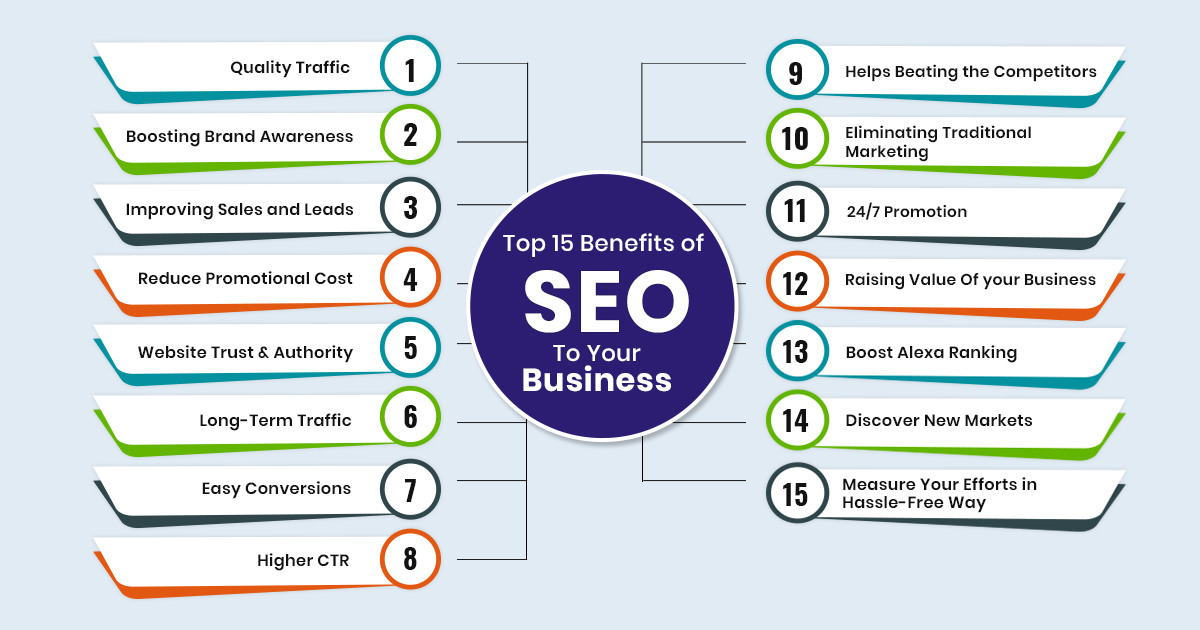
Because search is one of the fundamental ways that users traverse the web, search engine optimization is an important component of online marketing.
Search results are provided in an ordered list, and the higher a site ranks on that list, the more visitors it receives. For example, the top result for a normal search query will receive 40-60% of total traffic for that query.
The second and third places received much less traffic. Only 2-3% of searchers go past the first page of results. As a result, even little improvements in search engine rankings can result in increased visitors and, ultimately, business for a website.
As a result, many businesses and website owners may attempt to manipulate search results so that their site appears higher on the search results page (SERP) than their competitors. This is where SEO comes in.
How SEO works
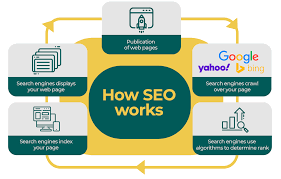
Search engines like Google employ an algorithm or set of rules to choose which pages to display for any given query. These algorithms have become incredibly complicated, taking into account hundreds or even thousands of distinct ranking parameters to establish the rankings of their SERPs. However, there are three key metrics that search engines use to judge the quality of a site and how it should rank:
Links – Links from other websites influence a site’s rating in Google and other search engines. The reason for this is that a link from another website might be interpreted as a vote of quality, as website owners are unlikely to link to low-quality sites. Sites that receive connections from a large number of other sites gain authority (referred to as “PageRank” in Google) in the eyes of search engines, particularly if the sites linked to them are authoritative itself.
Content – In addition to links, search engines examine the content of a webpage to evaluate whether it is relevant for any given search query. A significant element of SEO is providing content that is tailored towards the keywords that search engine users are looking for.
Page structure – is the third core component of SEO. Because webpages are created in HTML, The structure of HTML code can affect a search engine’s ability to evaluate a page. Site owners can boost
their site’s SEO by include important keywords in the title, URL, and page headers, as well as ensuring that the site is crawl able.
To rank higher in search results, the search engine optimization procedure comprises optimizing each of these basic components of search engine algorithms.
Search engine optimization techniques
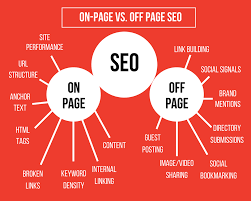
Understanding how search engines function is only the first step in enhancing a site’s search rankings. Improving a site’s rank entails utilizing numerous SEO tactics to optimize the site for search:
Keyword research
– The first step in SEO is to look at what keywords a site is already ranking for, what keywords competitors are ranking for, and what other phrases potential customers are searching for. Identifying the search phrases that users use in Google and other search engines provides guidance on what existing material may be optimized and what new content can be developed.
Content marketing
– The following is a straightforward definition of content marketing: It is the practice of releasing written and graphic content online in order to generate more leads for your company. Blog entries, pages, eBooks, infographics, videos, and other media can all be included
Link building
– Because links from other websites (referred to as “backlinks” in SEO terminology) are one of the main ranking factors in Google and other major search engines, gaining high-quality backlinks is one of the main levers that SEO has. This can include promoting good content, reaching out to other websites and creating connections with webmasters, submitting websites to relevant web directories, and obtaining press to draw links from other websites.
On – page optimization
– In addition to off-page considerations like links, upgrading the actual structure of the page can have huge benefits for SEO and is fully under the webmaster’s control. On-page optimization tactics commonly used include optimizing the page’s URL to include keywords, altering the page’s title tag to include relevant search phrases, and using the alt attribute to explain images. Updating a page’s meta tags (such as the meta description tag) can also be advantageous; these tags have no direct impact on search rankings, but can enhance SERP click-through rate.
Site architecture optimization
-Internal links (links within one’s own website) play a significant part in SEO as well. Thus, a search engine optimizer can boost a site’s SEO by ensuring that vital pages are connected to and that appropriate anchor text is used in those links to help improve a page’s relevance for specific searches. Creating an XML sitemap is also a smart technique for larger sites to assist search engines discover and crawl all of the site’s pages.
Semantic markup
– Optimizing a website’s semantic markup is another SEO method used by SEO specialists. Semantic markup (such as Schema.org) is used to express the meaning behind the material on a page, such as assisting in determining who wrote a piece of content or the topic and type of content on a page. Semantic markup can aid in the presentation of rich snippets in the search results page, such as more text, review stars, and even photos. Rich snippets in the SERPs have little effect on search rankings, but they can raise CTR from search, resulting in more organic traffic.
Top SEO tools
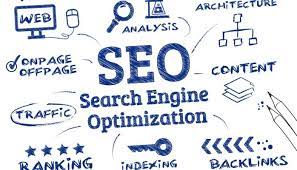
As a somewhat sophisticated profession, SEO relies on a variety of tools and software to assist with website optimization. Some commonly used free and paid tools are listed below:
Google Search Console – Google Search Console (previously known as “Google Webmaster Tools”) is a free tool supplied by Google that is an essential component of any SEO’s toolkit. GSC delivers rankings and traffic reports for top keywords and sites, as well as assistance in identifying and resolving on-site technical difficulties.
Google Ads Keyword Planner – Keyword Planner is another free tool given by Google as part of their Google Ads product. Even though it is intended for sponsored search, it can be a useful tool for SEO because it provides term ideas and keyword search volume, which can be useful when conducting keyword research.
Backlink analysis tools – There are several link analysis tools available, the two most popular of which being AHREFs and Majestic. Backlink analysis tools allow users to see which websites are linked to their own or competitors’ websites, and they can be used to find new links during link building.
SEO platforms – There are numerous SEO platforms available, each of which combines many of the technologies required by SEO to optimize websites. Site improve, Moz, Bright Edge, Search metrics, and Linkdex are some of the most popular. These tools monitor keyword ranks, assist with keyword research, discover on-page and off-page SEO opportunities, and assist with a variety of other SEO duties.
Social media – While most social media sites have no direct impact on SEO, they can be a useful tool for networking with other webmasters and developing relationships that can lead to chances for link building and guest posting.
Search traffic optimization: From clicks to conversions
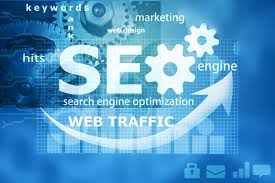
Search engine optimization done correctly has the ability to significantly boost the quantity of traffic that a website receives, but all of that search traffic won’t help a business expand unless it turns into paying customers. This is where conversion rate optimization (CRO) comes into play.
Conversion rate optimization entails making modifications to websites and measuring the impact they have on conversion rates using methods such as A/B testing. Successful search marketers understand that simply driving traffic to a website is not enough; what that traffic does once there is as crucial.
CRO used to be a complicated and technical process, but thanks to software like Optimizely, running tests to enhance conversions on your website is as simple as putting a single line of JavaScript. The best part is that Optimizely’s visual editor allows you to make changes to a site without writing a single line of code.


Very nice and informative article about seo, good keep sharing